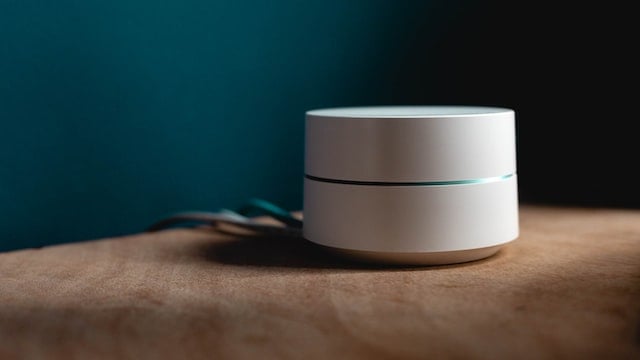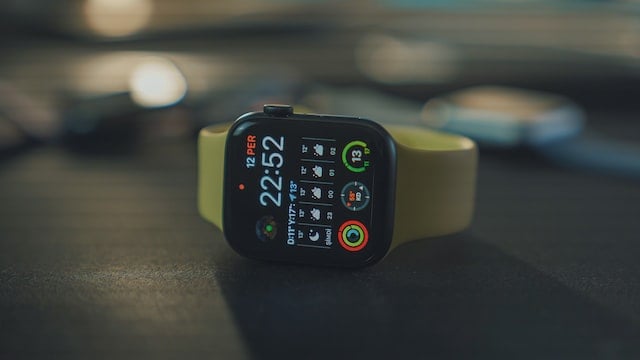Updated: April 25, 2024- 7 min read
What is IoT (Internet of Things)?
The term Internet of Things (IoT) was first coined by Kevin Ashton of Procter & Gamble in 1999. It refers to the aggregate collection of network-enabled devices.
So when we say that someone is an IoT Product Manager, we probably mean that they work with smart devices. The most common are smart watches and devices like Amazon’s Alexa, but they can include anything from fridges, to urban planning tech, to art. In fact, IoT solutions are mostly taking off in the B2B space rather than wearables or smart homes. It’s especially taken off in factories in the last few years.
Internet of Things and Product Management

Internet of Things (IoT) is rapidly transforming how we live every day. However, the technology is fragile and complex because of the infrastructure needed — the interconnection of different products and interwoven data transfer.
IoT has changed the way folks in the technology industry think about the possibilities of tech; it has also changed the way Product Managers working in these spaces need to think, strategize, and create great experiences for customers.
If you’re working as a Product Manager and are looking for a new adventure in IoT, or you’re an aspiring Product Manager dreaming of building the next great smartwatch, you’re in the right place.
Here’s one perspective on what it's like to be and Internet of Things Product Manager:
Life of an Internet of Things Product Manager with Microsoft's Principal Group PM, Hector García Tellado

Hector García Tellado is a Principal Group Product Manager at Microsoft currently leading a team of Technical Product Managers and working on Microsoft Dynamics 365.
Hector gave a talk with Product School to share with us what IoT is, why it matters, along with some forecasted future trends in IoT.
5 thoughts on the future of IoT
It is mostly a B2B story.
Despite the buzz, it is still early in the market.
We are on the down-slope of the hype cycle.
Cloud-edge computing is emerging as the new computing model
Machines will have digital twins that can track the past, understand the present, and predict the future.
What is IoT? Where are we now?
IoT can be simply defined as a continuous feedback loop of:
Things → Insights → Actions.
Human beings have a tendency to have linear thinking, but IoT is more circular.
We can take smart buildings as an example. If you have a hundred sensors in a room, that creates information that changes the way you think about the room, which will then lead you to make changes to the room. These changes will be collected by the sensors, reflected in the data, and then will lead to more insights, and more actions.
Once you’ve understood that loop, you’re on your way to understanding the life of an IoT Product Manager.
In IoT of course, it’s not just about creating a product, especially if you’re building an internal IoT product. How you roll out your product and the changes you’ll need to make at an organizational level (how are you going to train the workforce to operate your new cloud-ready devices?), and security are all things that will need to be considered.
Hector notes that part of a PM’s job is to get in early and evangelize, which means being an advocate and to expedite the early adoption of new technology. With IoT, the tech teams will be saying ‘yes, connect everything!’ and the security teams are saying, ‘no please don’t connect anything, I’d like to keep my job!’ That’s where a PM steps in.
Breaking down complexity
So while the feedback loop itself seems perfectly simple, it is indeed a complex digital loop. A digital loop that involves a lot of players together:
The first and most obvious thing we can see here is that data is at the core of everything. People, customers, and operations are all loops that connect to each other, and everything is connected to data.
At its core, IoT is about helping businesses take advantage of the digital feedback loop, which is a major part of Microsoft’s mission.
The power of IoT can be summarized into two abilities:
The ability to manage a large set of devices remotely, so you can get operational benefits
The ability to set new ideas and new lines of revenue by tapping into data that you’ve never encountered before.
The IoT customer journey: enabling digital transformation
At Microsoft, they were able to observe a fairly consistent customer journey.
At first the learning curve is incredibly steep, with the majority of the customer challenges based in digital transformation rather than technology challenges. One customers have reached the peak of their digital transformation challenges, the difficulties start to drop off and the actual value can begin.
This means that in IoT, a PMs priorities are different to those in regular PM, as you’re not always expected to deliver the same rush to value as with other products.
We can further break down the IoT customer journey into three stages:
Connect & Monitor – Ability to gain real-time insights and improve business processes.
Analyze & Improve – Optimize usage of assets and/or deliver better products to customers.
Transform & Expand – Develop new business opportunities, increase profitability, and create more compelling business models.
The Day in the Life of an IoT PM: Infinite Loops

Working in IoT is not drastically different to other types of PM. The day-to-day life of an IoT Product Manager at Microsoft follows something called The PM Infinite Loop:
It might sound too simple to be true, but when you imagine this process as an infinite loop, it starts to make more sense. IoT PMs will keep following this process in pursuit of perfecting their products, just the same as any other PM.
A PM need not always be technical, as many of the roles of PM include making strategies and planning the product which is non-technical. So it depends on the role.
To be a feature PM, the one who will write the specs and sit down with the devs, then yes — you would need some kind of technical knowledge. But if you’re working on things like go-to-market strategies rather than features and requirements, you still experience most of the processes and tasks that any other Product Manager would.
Some lessons have to be learned the hard way
Innovation requires discipline.
Failure is good, resist the urge to look good (Corollary: find a manager that buys into it).
If you don’t like V.U.C.A.…don’t be a PM!
(V= Volatile U= Uncertain C= Chaotic A= Ambiguous).Focus on the why, not on how
Understand your ecosystem and use it to your advantage.
Customer problems
Let us understand customer problems with a case study of Tork & Essity, a bathroom dispensers manufacturing company.
The problems include:
High competition & low margins
Under- and over-cleaning
Staff turnover & absenteeism
Solution:
The company started using smart sensors in all bathrooms, which would fetch status & data from every operation that happened. For instance: visitor traffic, refill time, etc.
This helped in optimizing resource utilization & remarkably improved efficiency. The outcome was surprising and above the rank. This use case could convince the business owners to invest in the life changing role of IoT, to tackle the simplest everyday problems.
Updated: April 25, 2024





